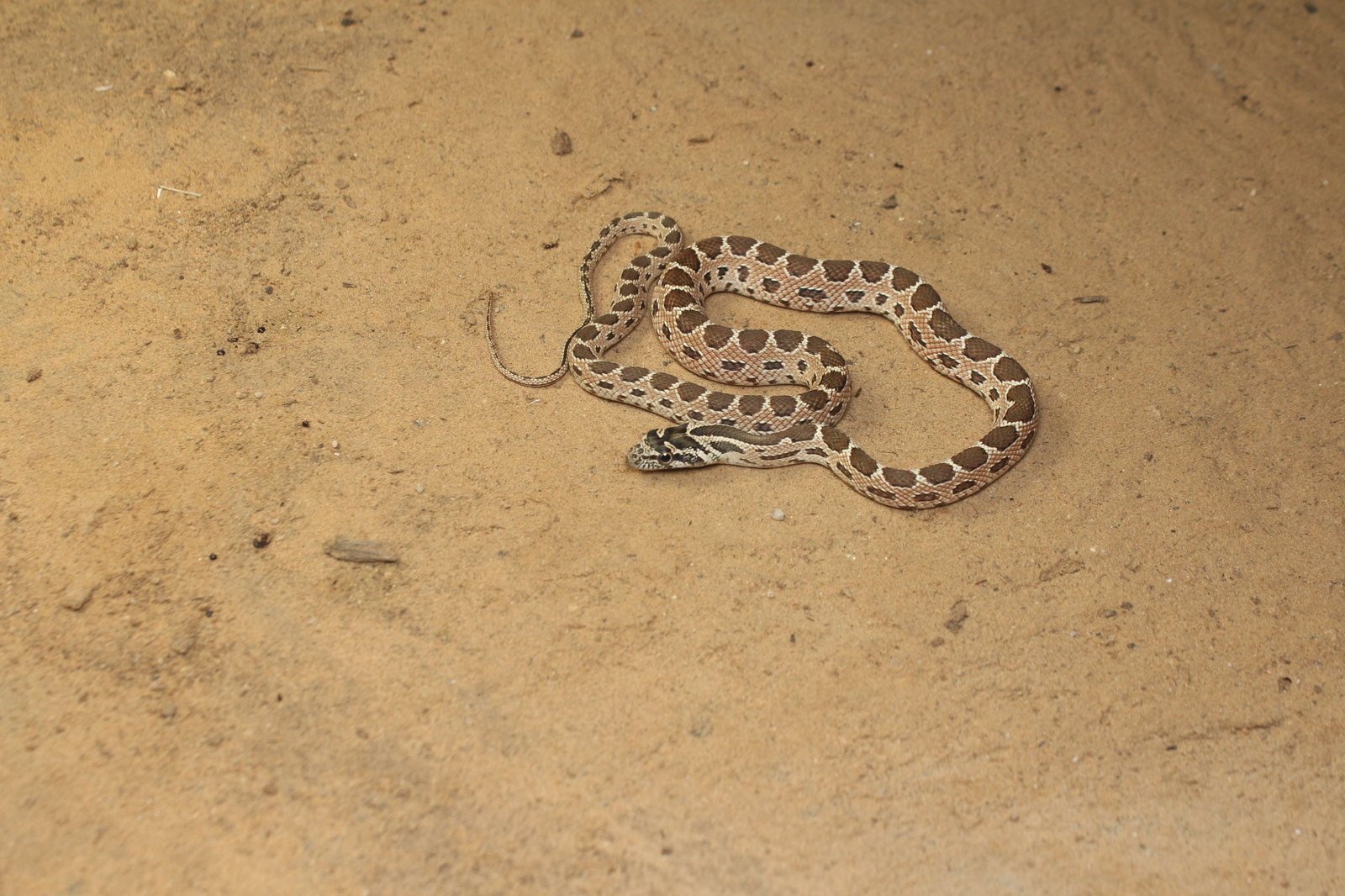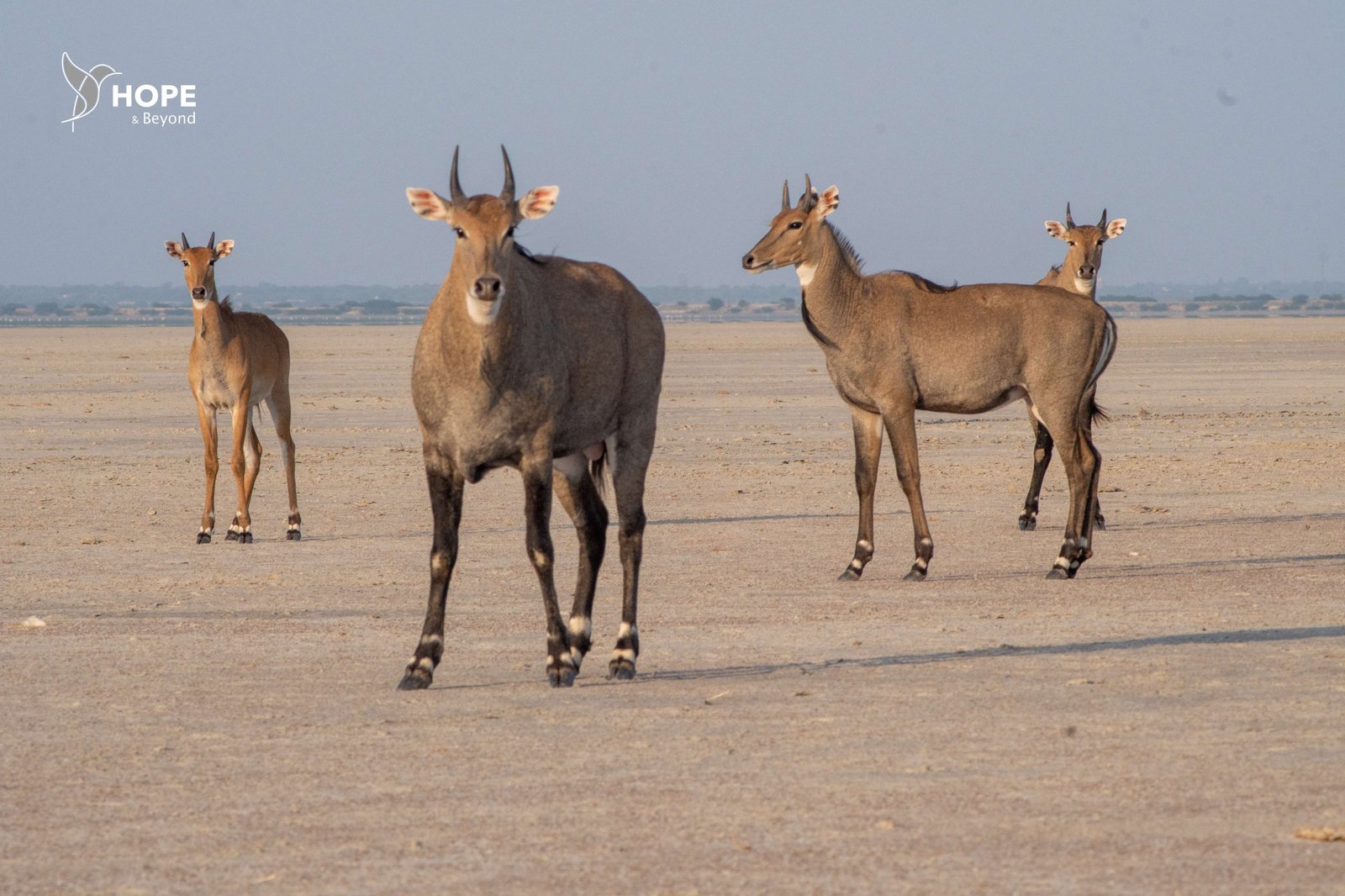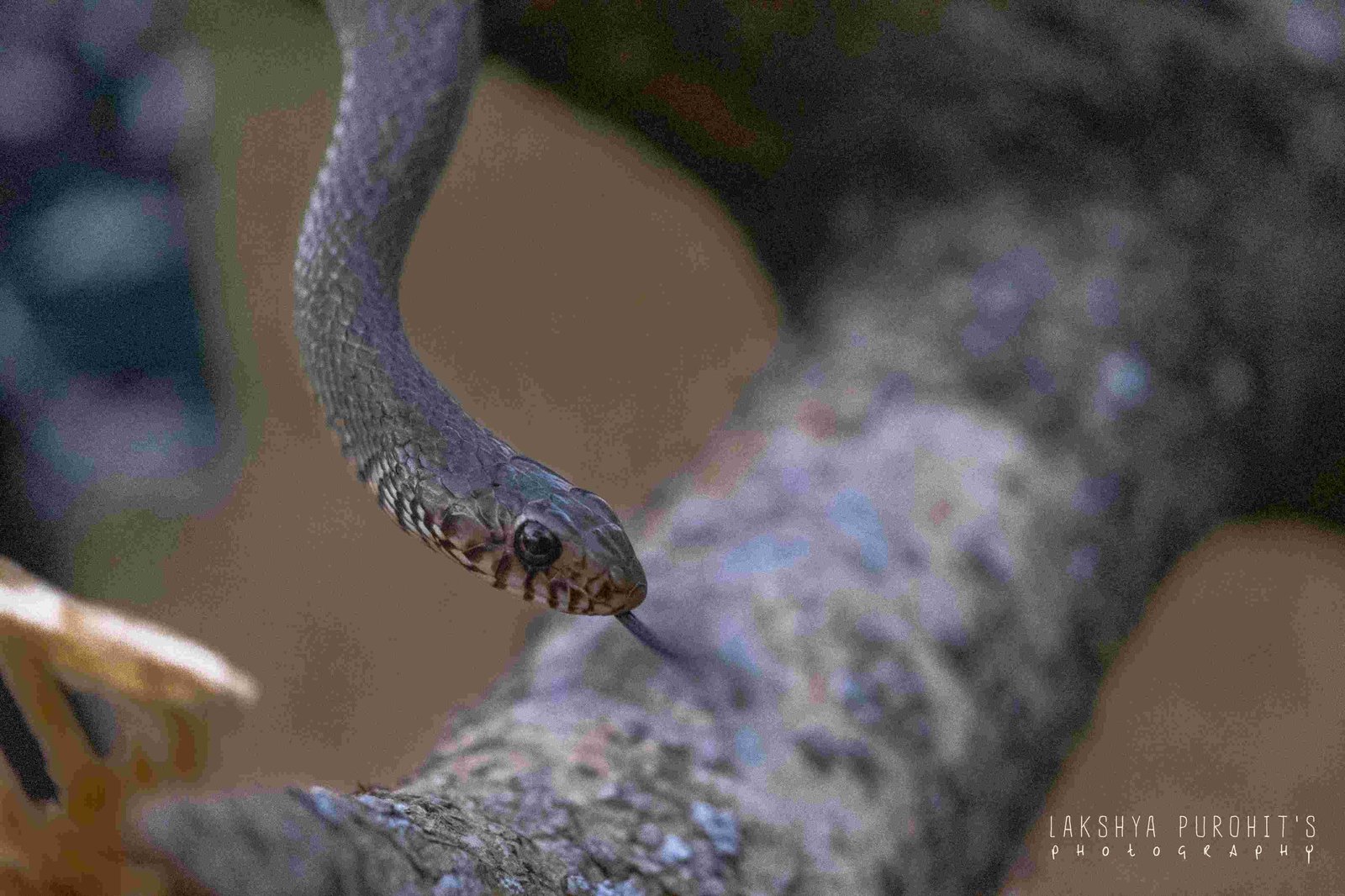Snake Helpline in Barmer(badmer)
Snake Helpline in Barmer – Comprehensive Snake Rescue, Conservation & Helpline Services
🌿 Immediate Assistance: Snake Helpline in Barmer(badmer)
If you encounter a snake in your vicinity, it's crucial to seek professional help promptly. Our snake helpline in Barmer(badmer) connects you with trained rescuers who ensure the safe and humane relocation of snakes.
As Barmer(badmer) continues its trajectory of development and urban expansion, striking a delicate balance between progress and the preservation of its natural ecosystems becomes increasingly vital. The ongoing work of reptile catching services and the availability of a dependable Indian snake helpline are immediate necessities. However, the long-term vision must extend beyond mere rescue. It requires proactive measures such as advocating for sustainable development practices that minimize habitat destruction, promoting green spaces within the city, and continuously educating its citizens. The continued collaboration between the Forest Department and dedicated local NGOs is the cornerstone of this future. By empowering reptile rescue volunteers, facilitating reptile relocation services, and fostering genuine community engagement, Barmer(badmer) can truly embody a model of harmonious coexistence. This collective guardianship ensures that Barmer(badmer)'s "whispers in the weeds" – the subtle, often unseen movements of its serpentine residents – continue to be a cherished and integral part of its vibrant natural tapestry for generations to come, symbolizing not just its rich cultural history, but also its deep commitment to environmental preservation.
Barmer(badmer)'s unique geographical position as a transitional zone between the arid Thar and the greener Aravallis makes it a significant site for studying wild reptiles of Rajasthan. This ecological diversity underscores the city's critical role in broader environmental and wildlife conservation efforts. The presence of numerous heritage sites and the general human population density create inherent challenges for wildlife. Therefore, protecting Barmer(badmer)'s wildlife, including its reptiles, is not just about isolated instances of wildlife conflict resolution; it's an integral part of a larger, more comprehensive commitment to environmental stewardship. Recognizing reptiles as an indicator species, their health and presence reflect the overall health of the ecosystem. Safeguarding their habitats, controlling pollution, and preventing habitat fragmentation are essential for the long-term survival of all species. This is where the joint efforts of the Forest Department and numerous local NGOs, often through community engagement and public-private partnerships, become indispensable in protecting the Indian reptile species and the broader biodiversity heritage of the region.





🌿 Contact Us: For snake rescue services
- +91 7230010209
- www.snakehelpline.in
- www.snakerescuejaipur.com
Snake Helpline in Barmer – Comprehensive Snake Rescue, Conservation & Helpline Services
Barmer, situated in the western arid region of Rajasthan, is a vast district characterized by desert landscapes, sparse vegetation, and a unique ecosystem adapted to extreme climatic conditions. Despite the harsh environment, Barmer hosts a fascinating diversity of snakes and reptiles that are integral to the local ecological balance. The snake helpline in Barmer has become an indispensable service addressing the challenges posed by increasing human-snake encounters, offering snake rescue helpline support, snake catcher services, and community awareness programs.
Barmer's expanding human settlements, agricultural activities, and industries such as mining have brought humans and snakes into closer contact. This increase in interactions has underscored the need for efficient snake management through expert wildlife rescues, ensuring that snake conservation and environmental balancing go hand in hand with community safety.
🐍 Snake Species and Reptiles Found in Barmer
Despite its desert terrain, Barmer supports a rich variety of snakes adapted to its climatic extremes. Common venomous species in Barmer include the saw-scaled viper (Echis carinatus), Indian cobra (Naja naja), and the common krait (Bungarus caeruleus).
Among non-venomous species, the red sand boa (Eryx johnii), rat snakes, and wolf snakes are also present in Barmer's desert ecosystem. These reptiles are crucial in controlling pests that threaten crops and stored grains in rural premises and agricultural fields.
🚨 Human-Snake Conflict and Challenges in Barmer
Barmer faces significant challenges in managing human-snake interactions. Expanding industries, urban growth, and agricultural developments fragment snake habitats, pushing reptiles into houses, factories, and farms.
Snakes follow rodents into human premises, leading to frequent encounters. Many people panic or take unsafe actions. The snake helpline in Barmer offers safe rescue and relocation, preventing unnecessary harm and fostering conservation.
📞 Snake Rescue Helpline Services in Barmer
The snake helpline operates as a 24/7 emergency service. Residents can call trained rescuers for immediate response. These rescuers are skilled in handling venomous and non-venomous snakes and relocating them safely.
- Quick response to snake sightings in homes, industries, and farmlands.
- Identification and classification of snake species for proper rescue.
- Use of safe techniques for catching and releasing snakes into suitable habitats.
- Continuous support and communication with the public on safety practices.
🌿 Importance of Snake Conservation in Barmer (Badmer)
Snakes play a vital role in maintaining ecological balance by controlling rodent populations and serving as both predators and prey in the food chain. Conservation efforts in Barmer (Badmer) focus on:
- Promoting awareness about the ecological significance of reptiles in desert habitats.
- Encouraging safe rescue and relocation through trained snake catchers and wildlife rescue contacts.
- Protecting natural habitats from destruction due to industrial expansion and urban development.
- Educating communities about snake behavior to reduce fear and promote coexistence.
- Implementing snake-safe practices in homes, farms, and industrial premises to prevent unnecessary conflict.
☀️ Climate and Weather Influence on Snake Behavior
Barmer’s climate influences snake activity. Scorching summers and cold winters drive snakes to seek shelter in burrows. During monsoon, limited though it may be, snakes emerge to hunt and mate, increasing encounters.
The snake helpline educates residents on these seasonal patterns, promoting timely rescue calls and safe practices.
🧑🚒 Role of Snake Rescuers in Barmer
Snake rescuers form the backbone of Barmer’s helpline. They’re trained professionals knowledgeable in local snake species and safe handling procedures.
- Respond to emergency snake sightings in homes, farms, industries, and public spaces.
- Provide safety education and first-aid information for snakebite prevention.
- Engage in awareness campaigns promoting snake conservation and community safety.
📚 Public Awareness and Education Initiatives
Public education is key to reducing fear and conflict. The helpline regularly hosts campaigns across towns and villages.
- Workshops on snake identification and behavior.
- Sessions on environmental balance and reptile conservation.
- Promotion of helpline usage over harmful practices.
- Guidance for securing homes and premises from snake entry.
🏭 Snake Management in Agricultural and Industrial Premises
Agriculture and mining are vital to Barmer’s economy. Rodent infestations invite snakes into fields and factories, requiring strategic snake management.
- Collaboration with farmers and industry heads for safe premises.
- Storage practices that deter rodents and reptiles.
- Rescue operations integrated with daily operations in sensitive locations.
✅ Conclusion
The snake helpline in Barmer stands as a vital support system, ensuring public safety while promoting reptile conservation. Through expert rescue, education, and sustainable snake management practices, Barmer fosters coexistence with its desert reptile biodiversity.
As the district grows, these services become essential for maintaining harmony between humans and the environment.
🌿 Importance of Snake Conservation in Barmer(badmer)
Snakes play a vital role in maintaining ecological balance by controlling rodent populations and serving as both predators and prey in the food chain. Conservation efforts in Barmer(badmer) focus on:
- Habitat Protection
- Public Awareness
- Rescue Operations
- Emergency Response
Common Snake Species in Barmer(badmer)
Snake Sightings in Urban and Rural Areas/Snake encounters in Barmer(badmer) have been reported in various settings:
- Residential Areas: snakes seeking shelter in homes, especially during monsoon season.
- Agricultural Fields: Farmers encountering snakes while working in Fields.
- Industrial Zones: Snakes entering warehouses and factories in search of food and shelter.
Our Snake Rescue and Management services -
- 24/7 Helpline: Immediate Response To Snake sightings.
- Professional Rescuers: Trained Personnel equipped to handle various snake species safely.
- Community Workshops: Educational Programmes to Inform the Public about snake behaviour and safety measures.
Collaboration with NGOs and Wildlife Organizations
WE work closely with local NGOs and Wildlife Organizations to enhance snake conservations efforts.
- Hope and Beyond: engages in environmental conservation and community devlopment projects.
- Forest Department: Trained Personnel equipped to handle various snake species safely.
- Community Engagements: Educational Programmes to Inform the people about snake behaviour and safety measures.
Educational Initiatives and Training Programs
To promote Co-Existence between humans and snakes, we offer
- School Programs: Interactive session for students to learn about snakes and their ecological roles.
- Volunteer training: Opportunities for individuals to become a certified snake rescuer.
- Public Seminars: Workshops on snake identification, First-Aid for snake bites, and preventive measures.
- Green Vine Snake (Ahaetulla oxyrhyncha)*
- Laudankia Vine Snake (A. laudankia)**
- Forsten's Cat Snake (Boiga forsteni)**
- Common Cat Snake (B. trigonata)**
- Indian Egg Eater (B. westermanni)**
- Common Trinket (Coelognathus helena helena)**
- Montane Trinket (C. h. monticollaris)*
- V-Collared Trinket (C. h. nigriangularis)*
- Common Bronzeback (Dendrelaphis tristis)**
- Common Wolf Snake (Lycodon aulicus)**
- Barred Wolf Snake (L. striatus)
- Sind Awl-headed (Lytorhynchus paradoxus)***
- Northern Kukri (Oligodon russelius)**
- Streaked Kukri (O. taeniolatus)
- Tillack's Kukri (O. tillacki)*
- Common Sand Boa (Eryx conicus)**
- Red Sand Boa (E. johnii)
- Indian Rock Python (Python molurus)**
- Indian Saw Scaled Viper (Echis carinatus carinatus)**
- Sind Saw Scaled Viper (E. c. sochureki)
- Russell's Viper (Daboia russelii)**
- Siebold's Water Snake (Ferania sieboldii)
- Sind Thread Snake (Myriopholis blanfordi)
- Beaked Thread Snake (M. macrorhyncha)